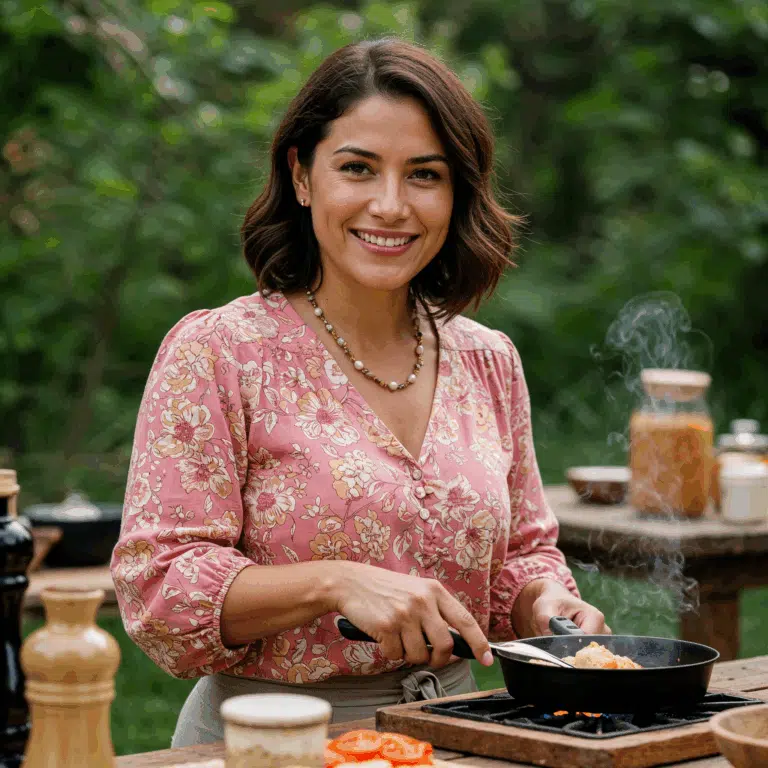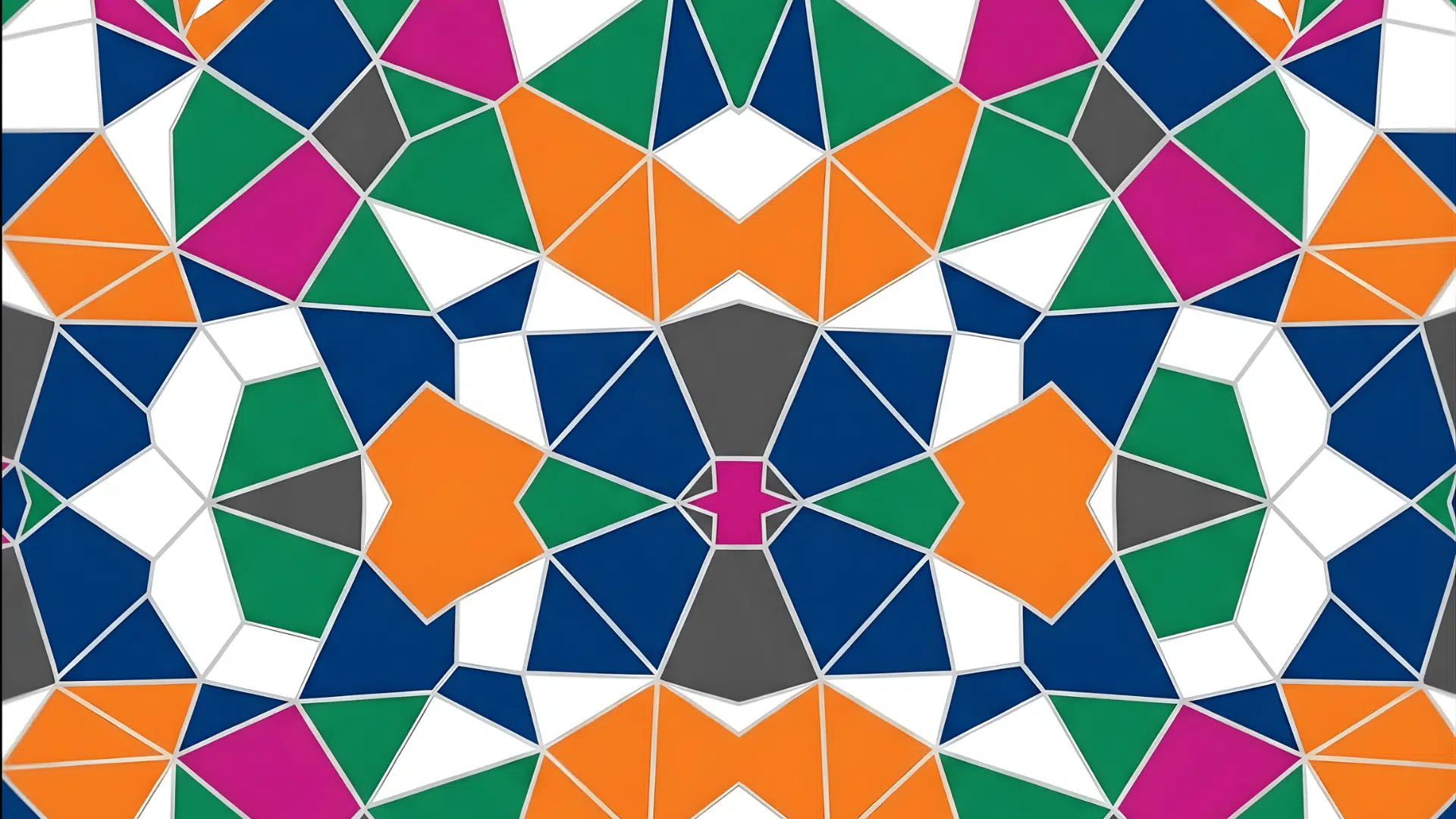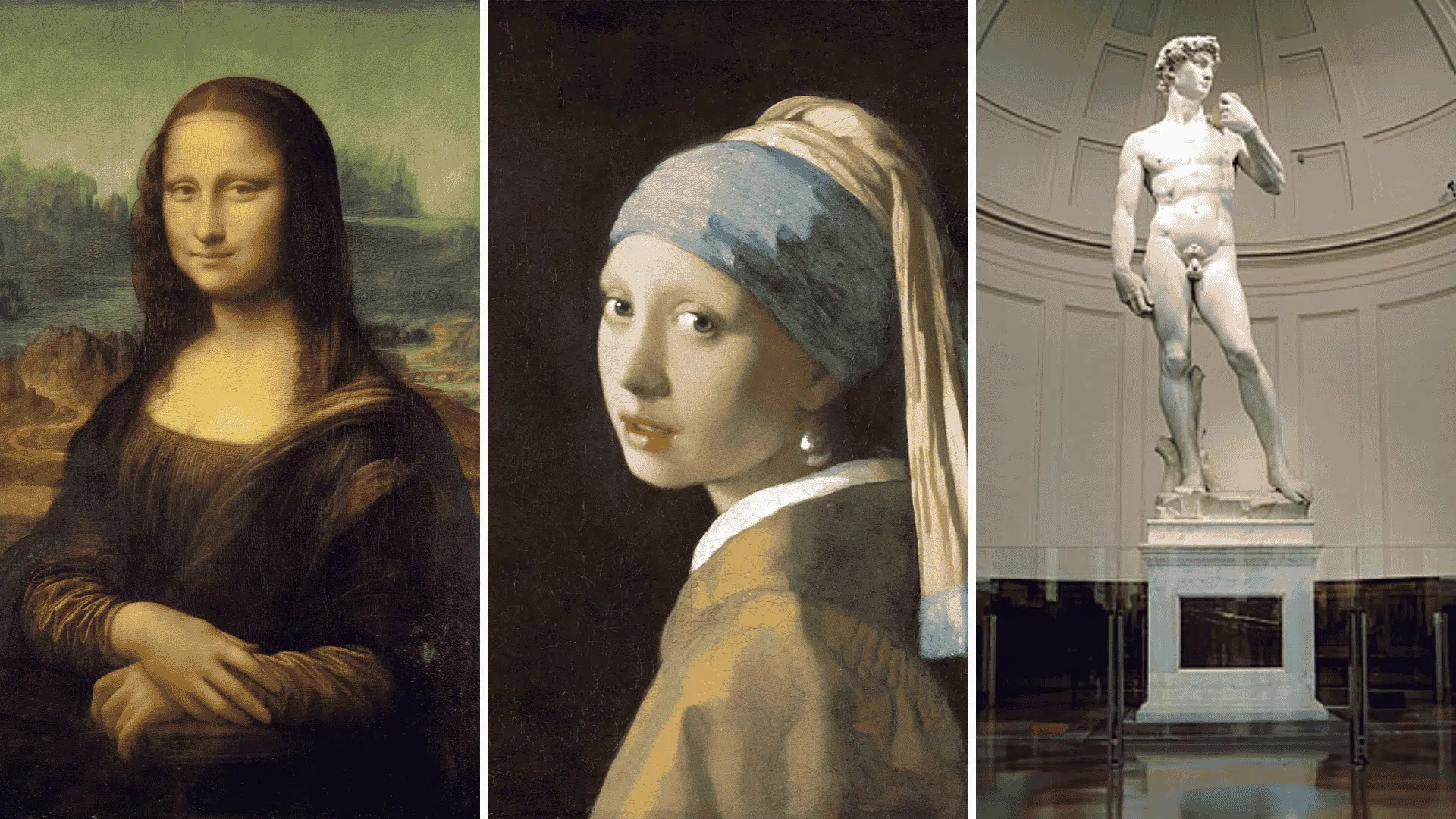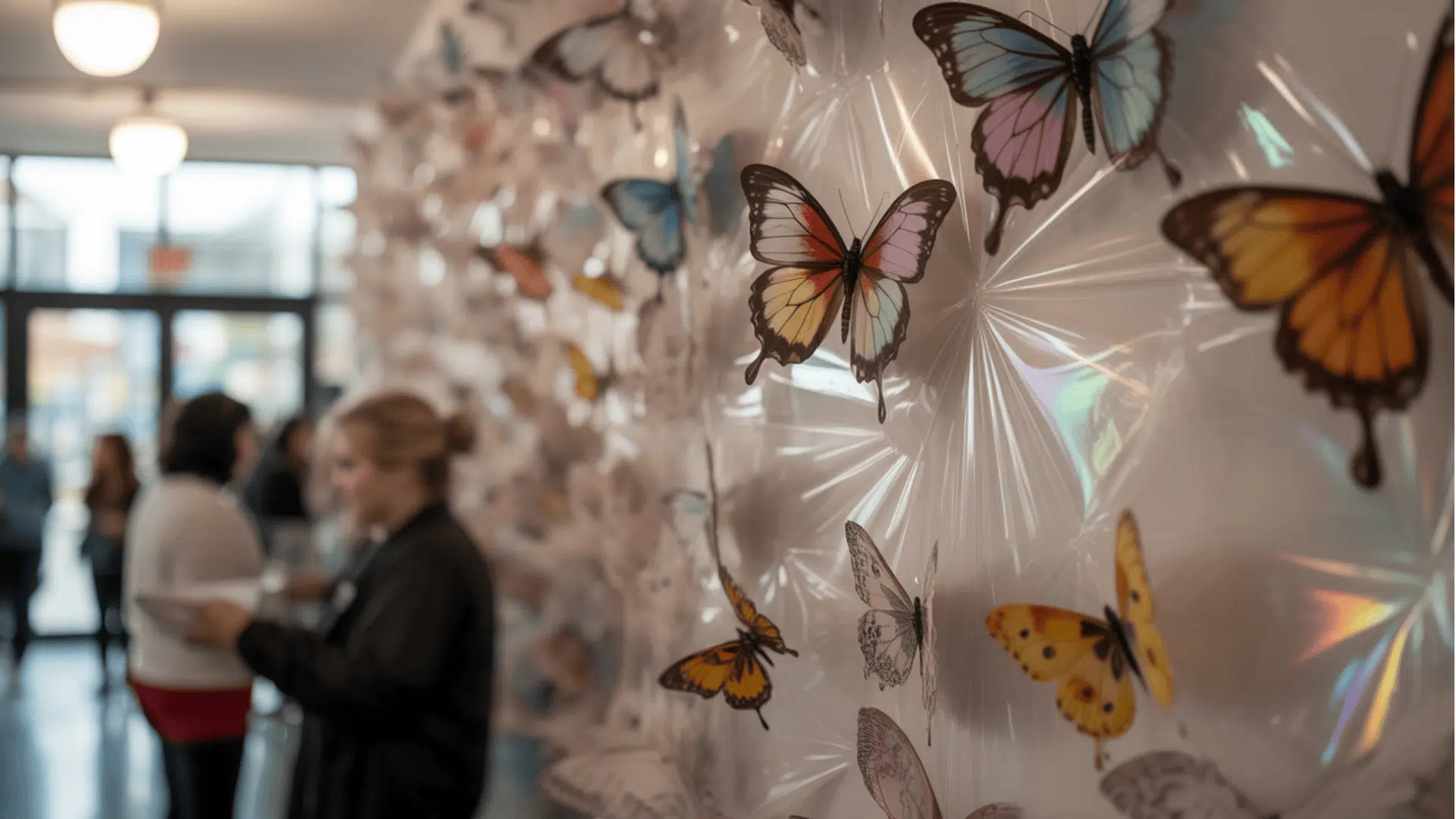Many artists feel intimidated by watercolors, thinking they’re too unpredictable or messy to master.
The flowing paint and wet-on-wet effects can seem impossible to control, leaving beginners frustrated with muddy colors and unexpected results.
Learning the right watercolor techniques transforms this challenging medium into an enjoyable and rewarding art form that anyone can master.
This guide covers essential watercolor methods, from basic washes and blending to advanced techniques like wet-on-dry and color layering.
These proven techniques work for beginners and experienced painters to create lively watercolor paintings that capture light and emotion with practice and the right approach, surpassing other mediums. can’t match.
Why Watercolors are Perfect for Beginners?
Watercolors offer the gentlest introduction to painting because they’re incredibly forgiving and budget-friendly. Unlike oils or acrylics, you don’t need expensive supplies or complicated cleanup routines.
A simple and affordable setup makes watercolors accessible to everyone. All you need is basic paint, brushes, and paper, no fancy easels or toxic solvents required.
When you’re done, everything cleans up with plain water, and spills wipe away easily.
Mistakes become happy accidents with watercolors since they naturally blend and flow. Colors merge organically, so even beginner wobbles often look intentional.
This forgiving nature builds confidence quickly and encourages experimentation.
A fast learning curve helps beginners see results immediately. Watercolors dry quickly, so you can layer colors and try new techniques without long waiting periods.
Additionally, working with transparent layers naturally teaches essential art skills, such as color mixing and value control.
Different Watercolor Techniques to Try
Ready to expand your watercolor skills? These essential techniques will take your paintings from basic washes to stunning artistic creations, and most can be learned in just one practice session.
Step 1: Wet in Wet Technique

The wet-on-wet technique is watercolor’s most magical effect, where paint flows and blooms across damp paper, creating soft, ethereal washes.
This fundamental skill produces those dreamy, atmospheric qualities that make watercolors so distinctive and beloved by artists.
How It Works and What to Expect
The wet-in-wet technique involves applying wet paint onto already damp paper, creating watercolor’s signature soft, dreamy effects.
Start by brushing clean water across your paper, then drop or brush pigment onto the wet surface while it still glistens.
Key points for success:
- Wet the paper first with clean water using broad strokes
- Drop pigment while the paper is still damp and shiny
- Paint will spread and bloom based on how wet the paper is
- Creates soft, blurred edges with no harsh lines
- Perfect for painting clouds, flower petals, misty landscapes, or abstract backgrounds
- Colors blend naturally into each other without effort
Step 2: Wet-on-Dry Watercolor Technique

The wet-on-dry technique offers precision and control by applying wet paint directly onto dry paper. This method is your go-to for creating defined shapes, crisp lines, and detailed work that requires accuracy.
How it works and benefits:
- Apply wet paint directly to completely dry paper
- Creates sharp, defined edges with clear boundaries
- Gives maximum control over paint placement
- Colors stay where you put them without spreading
- Perfect for crisp shapes, fine details, and precise lines
Step 3: Glazing Technique

Glazing involves painting transparent layers of color over completely dried paint, allowing you to build rich depth and luminous effects.
This technique harnesses the transparency of watercolor to create complex colors and dimensional artwork through careful layering.
How to glaze effectively:
- Apply a transparent wash and let it dry completely before adding the next layer
- Each new layer modifies the color beneath without disturbing it
- Build depth gradually, overlapping petals appear more three-dimensional
- Mix colors optically by layering (yellow over blue creates green)
- Create shadows and light effects through strategic color placement
Step 4: Charging Technique

Charging involves dropping concentrated pigment into an already wet painted area, allowing colors to flow and mingle naturally.
This technique creates stunning organic effects that would be impossible to achieve with traditional brushwork.
Creating charged effects:
- Paint a wet wash first, then drop different colors into it while still wet
- Concentrated pigment spreads and blooms, creating natural gradients
- Colors blend organically without brush marks or hard edges
- Perfect for painting realistic flowers with color variations in petals
- Ideal for leaves with natural color shifts and dramatic shadow areas
Step 5: Dragging Technique

The dragging technique starts with a strong line of pigment that you then pull and soften using clear water on your brush. This creates beautiful gradients and transitions that feel natural and flowing, perfect for organic subjects.
Mastering the drag technique:
- Paint a strong pigment line or edge with concentrated color
- Clean your brush and dampen it with clear water
- “Drag” the pigment outward to create smooth gradients
- Perfect for flower petals that fade from dark to light
- Ideal for skies transitioning from deep to pale blue
Watercolor Painting Styles You Can Master with Ease
Watercolor offers an incredible range of artistic styles that each bring their own unique charm and technical challenges.
Understanding these diverse approaches will help you find your personal artistic voice and expand your creative possibilities with this versatile medium.
Loose Florals

Loose florals are all about letting your brush dance freely on the paper. Instead of focusing on perfect details, you create soft, flowing petals that feel natural and expressive.
This style celebrates the beauty of imperfection and movement. By blending colors while they’re still wet, you capture the charm of flowers in a dreamy, effortless way.
Botanical Realism

Botanical realism focuses on capturing plants with lifelike detail and precision. Each leaf, vein, and petal is carefully painted to showcase the natural beauty of the flora.
This style is perfect for artists who enjoy patience and observation. By layering washes and adding fine lines, you create illustrations that appear both scientific and artistic.
Atmospheric Landscapes

Atmospheric landscapes focus on mood and depth rather than tiny details. With gentle washes and layered tones, you can create misty skies, distant hills, or glowing horizons.
This style captures the essence of a place, rather than just its physical appearance.
By blending soft gradients and layering light to dark, you can paint dreamy scenes that feel alive and spacious.
Ocean & Seascapes

Ocean and seascape watercolor paintings capture the ever-changing beauty of water. With flowing strokes and blended blues, you can create calm seas, crashing waves, or shimmering horizons.
This style allows you to probe movement, depth, and light in a simple yet powerful way. By layering washes and dropping in pigments, your paper transforms into a window to the sea.
Galaxy & Night Skies

Galaxy and night sky paintings are a magical way to probe the blending of colors in watercolor. With deep blues, purples, and a sprinkle of stars, you can create a dreamy cosmic scene.
This style captures the wonder of the universe right on your paper. By layering dark washes and adding light splatters, you bring galaxies and starlit skies to life.
Portrait Painting

Portrait painting captures more than just physical features, revealing the soul and story behind every face, making it one of art’s most intimate and challenging pursuits.
Whether working in oils, watercolors, or acrylics, mastering portraiture requires an understanding of both technical skills, such as proportion and anatomy, as well as the subtle art of conveying emotion and personality through brushstrokes.
Abstract Washes

You can probe watercolor’s fluid nature without the pressure of creating recognizable subjects, making it perfect for beginners to practice color mixing and water control.
You’ll create stunning atmospheric pieces while mastering the medium’s unpredictable beauty.
Seasonal Themes

Capture nature’s ever-changing moods by painting seasonal themes that celebrate the unique colors, textures, and atmospheres of spring, summer, fall, and winter.
From cherry blossoms to autumn leaves, seasonal watercolor paintings use various techniques to create artwork that resonates with the time of year.s
Minimalist Washes

Minimalist wash painting strips watercolor down to its purest form, using simple, flowing washes of color to create serene and elegant compositions with maximum impact from minimal brushstrokes.
Easy Practice Tips for Beginners
Building confidence with watercolors comes from experimentation and understanding how water and pigment interact.
- Keep scrap paper handy to test water-to-pigment ratios before painting
- Experiment with timing, paint on very wet, damp, and almost-dry paper to see different effects
- Try combining techniques in one painting for richer, more complex results
- Create a technique chart showing how each method looks with your paint set
- Practice brush control by painting simple shapes repeatedly
- Build layers gradually; you can’t make dark colors lighter once applied
- Use two water jars, one for cleaning brushes, one for clean water to mix colors
- Test on scrap first – Always check color intensity before applying to your painting
- Embrace white space – Let unpainted paper become your highlights and light sources
Master Watercolor Through Practice, Not Perfection
Artists have now found five essential watercolor techniques that transform intimidating paint into manageable artistry.
From the dreamy flows of wet-on-wet to the luminous layers of glazing, these methods provide painters with the tools to create stunning works with confidence.
What should artists do next? Beginners can grab some paper and start experimenting today. They should pick one technique that excites them most, then practice it for just 15 minutes.
Remember, watercolor rewards patience and play over perfection. Each brushstroke teaches painters something new about this magical medium. Artists are ready to begin their watercolor thrill.















